“Coding4Society”: exploring artificial intelligence and the code of life at TECHNOSEUM Mannheim
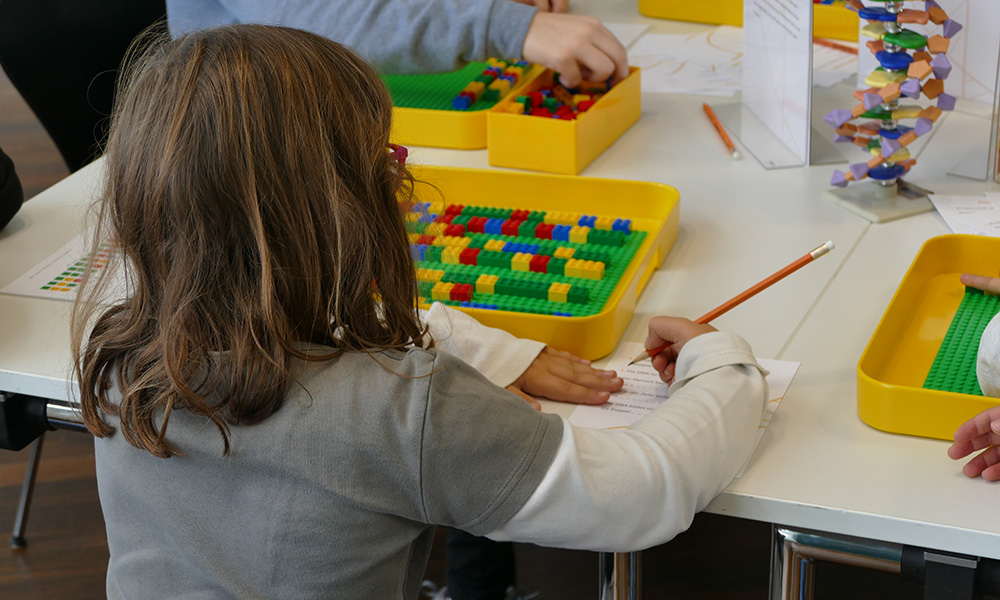
By Elena Reiriz Martínez
On October 22, the EMBL Science Education and Public Engagement team participated in the “Coding4Society” event at TECHNOSEUM Mannheim. The event was part of the European code week, an initiative which aims to make programming accessible to everybody and especially to introduce kids to coding in a fun way.
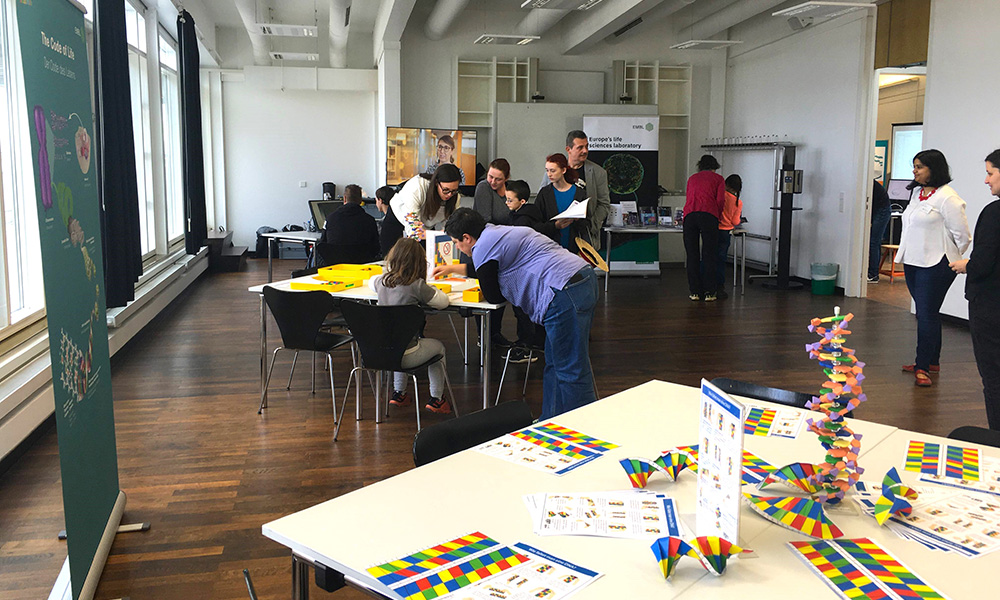
Photo: SEPE team
Several research institutes and universities in the Rhine-Neckar Metropolitan Region participated in the initiative, filling the museum with games and activities for all ages. At the EMBL stall, visitors were invited to learn about the genetic code, the “Code of Life”, as well as artificial intelligence and its use in biological research.
Visitors who stopped by the “Building blocks” activity were asked to answer several questions, the responses to which were encoded by triplets of colourful toy bricks. For that, they used a decoding card where each three-brick sequence represented a letter or a number. This introduced them in a playful way to how information is encoded in the DNA. They could also choose to encode words or messages of their own and send encrypted messages to their parents, siblings, or fellow visitors.
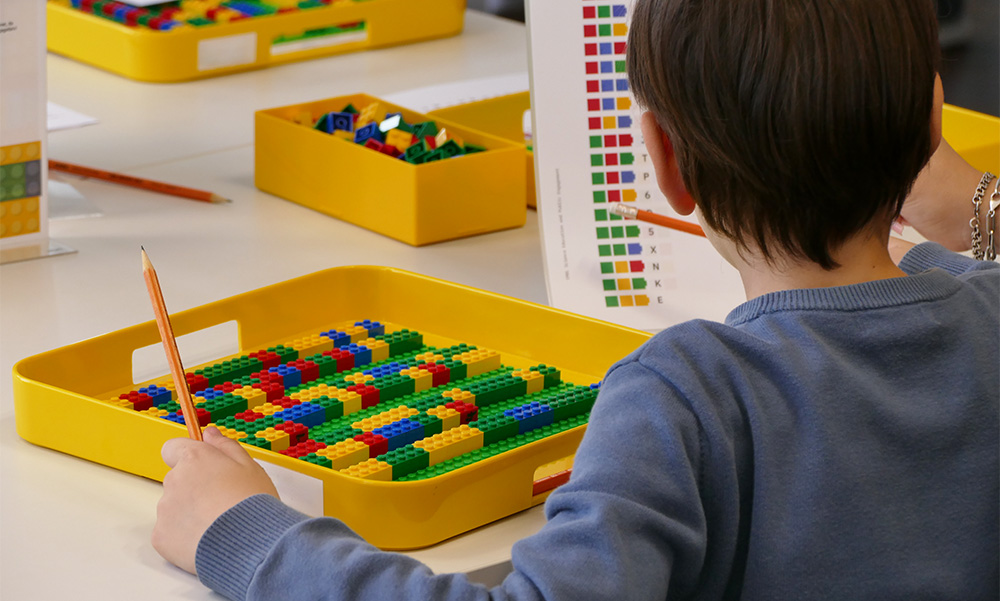
Photo: SEPE team
The “DNA origami” activity caught the attention of participants of all ages. Grandparents, parents and kids got instructions on folding a coloured sheet of paper into their own double-stranded DNA helix they could then take home.
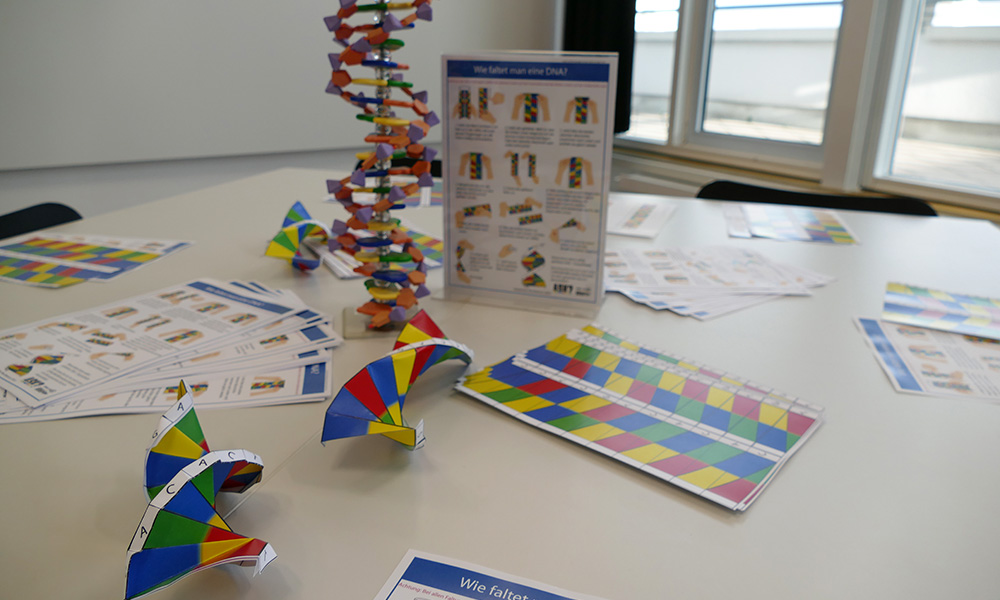
Photo: SEPE team
This year, visitors were especially drawn to the new artificial intelligence station. There, they were shown how machine learning can help researchers save time and be more accurate in repetitive tasks. They used a programme developed by Anna Kreshuk’s group at EMBL and trained it for identifying cells in an image. Through different real-life examples, they saw first-hand the importance of choosing the right training data for the task. Of course, scientists don’t usually just look at one of these images, but thousands, which can take hours of their time. After proper training, the programme can do this in seconds!
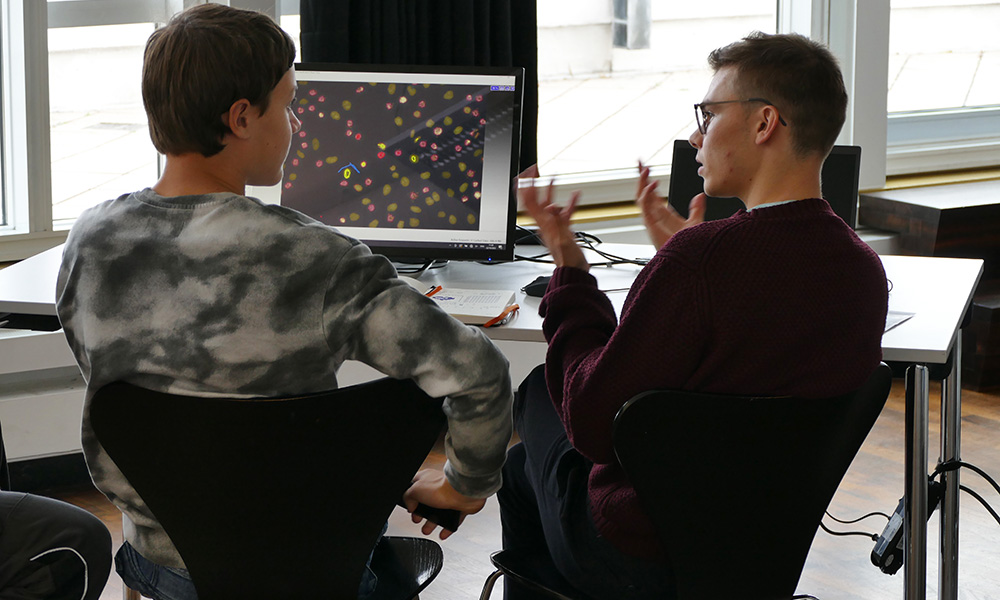
Photo: SEPE team
There were even some activities for those visitors still a little bit too young to explore artificial intelligence or decipher encoded messages: they could either colour beautiful cell images by hand…
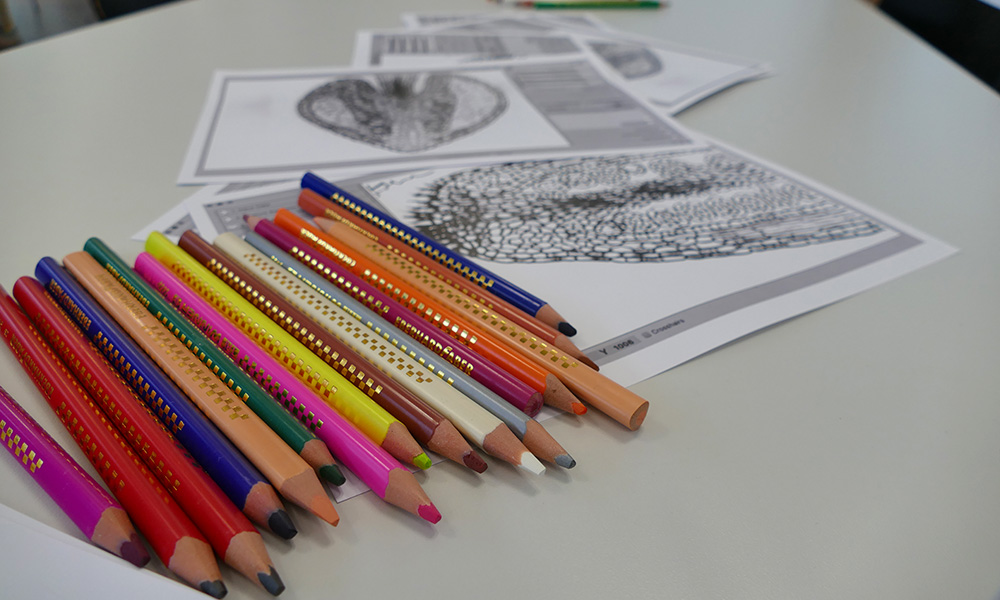
Photo: SEPE team
… or find their own creative uses for the Lego bricks.
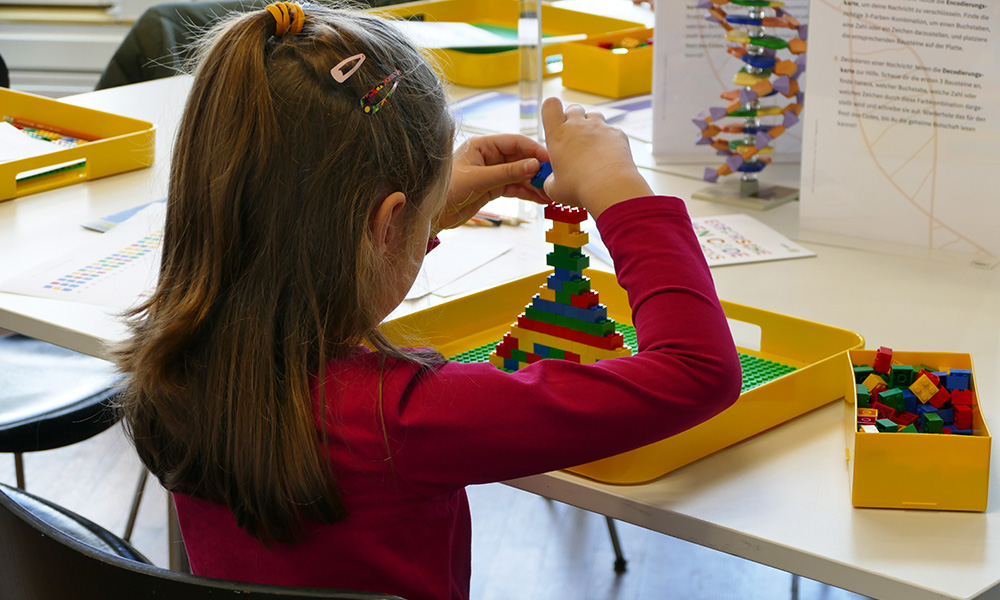
Photo: SEPE team
With around 1800 visitors throughout the day, the “Coding4Society” event was a great success and introduced people of all ages to coding in a fun and interactive way. We look forward to next year!
